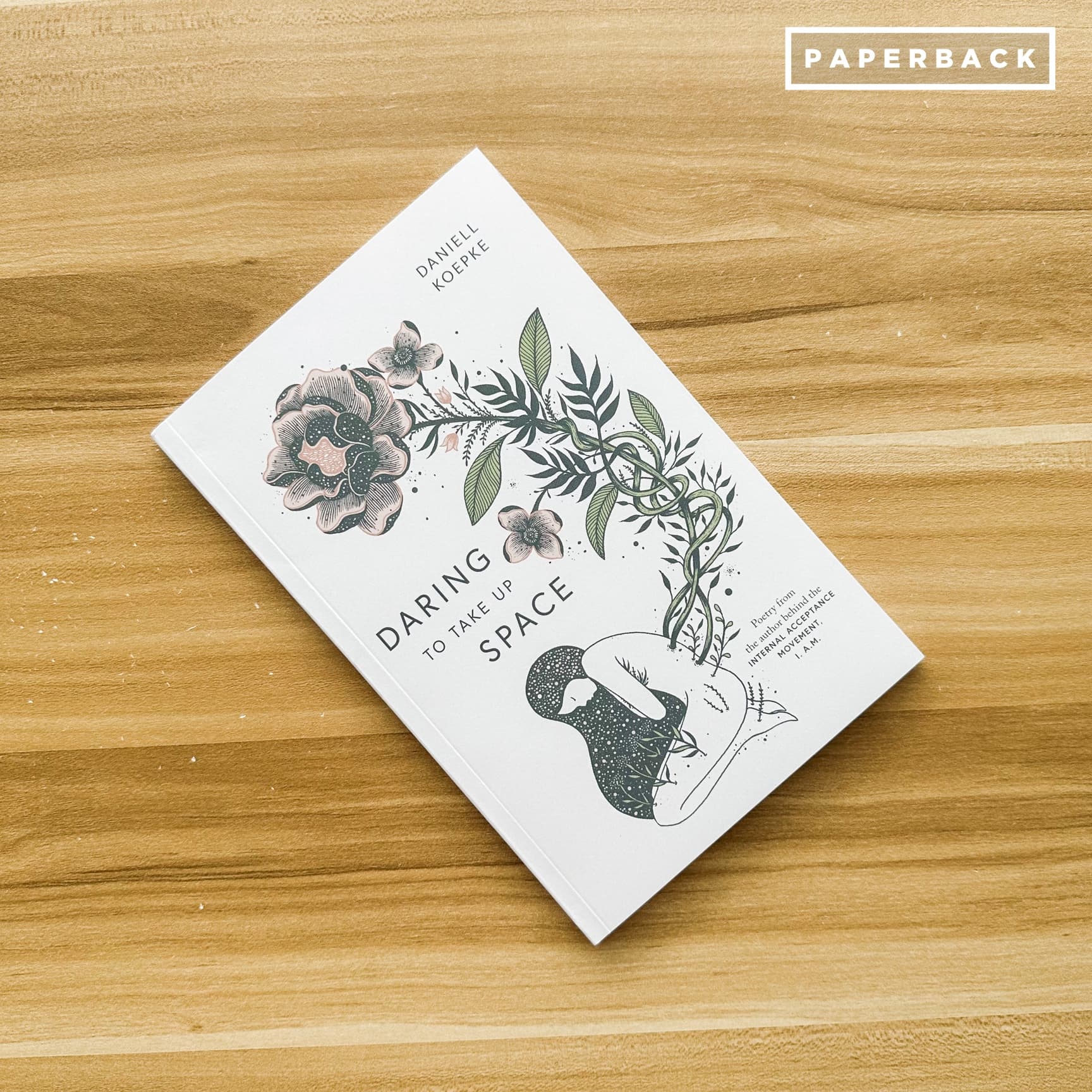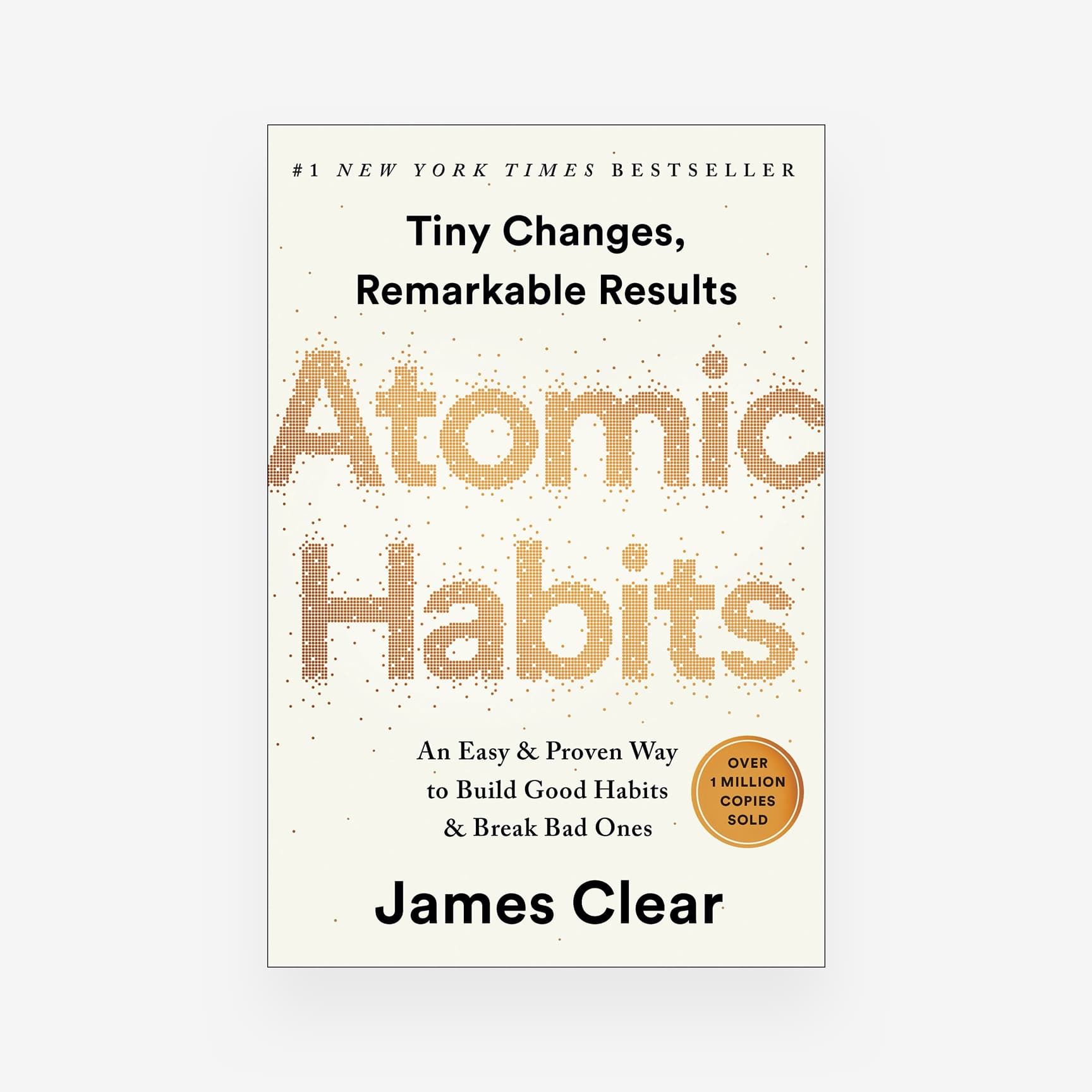Procrastination is a sneaky habit of putting things off until later, often in favor of doing something more fun or less challenging. We’ve all been there—suddenly finding ourselves deep in a Netflix series or scrolling through TikTok after staring at a blank page of a document for hours. And while procrastination might feel good at the moment, it leads to stress, missed deadlines and opportunities, and a whole lot of guilt!
But don’t worry—you’re not alone in this struggle; there are ways to break free from this cycle. This article is here to help you with practical, actionable strategies to boost your productivity and make 2025 your most successful year yet.
Common Causes of Procrastination
Procrastination often stems from underlying issues like fear of failure, perfectionism, and feeling overwhelmed.
Have you ever avoided starting a task because you might mess it up? This fear makes you hesitant to start tasks, worrying you won’t meet expectations. Perfectionism, on the other hand, pushes you to delay work until you feel you can do it perfectly. And, when a task feels too big or complicated, it’s easy to feel overwhelmed and avoid it altogether—like staring up at a mountain and feeling too exhausted to take the first step. Lastly, a lack of motivation—especially for tasks that don’t feel personally meaningful, can lead to endless postponements.
At its core, procrastination is about seeking instant gratification and avoiding discomfort. Notice how watching a funny YouTube video is easier than working on a huge project that pays off later. This behavior is a way to avoid uncomfortable feelings like anxiety or self-doubt.
Effective Strategies to Beat Procrastination

(Photo from the wires)
Now that you know why you procrastinate, let’s talk about how to fight and beat it. Here are some strategies that can help.
1. Time Management Techniques
Pomodoro Technique
This is a simple but effective method where you work for 25 minutes, then take a 5-minute break. This short burst of focused work can make even the most daunting tasks seem manageable. If you’re writing an essay, you can focus on writing the introduction for 25 minutes, take a break, and pick up where you left off. Before you know it, you’re in the zone and making progress.
Eisenhower Matrix
Imagine dividing your tasks into four boxes: urgent and important (do these first), important but not urgent (schedule these), urgent but not important (delegate these), and neither urgent nor important (consider dropping these). This tool helps you identify and prioritize tasks that are important and urgent.
Time Blocking
This means allocating dedicated periods during your day for various activities. Let’s say you block off 9-11 a.m. to answer emails and return calls and 1-4 p.m. to work on urgent projects. Dedicating time to each task prevents you from jumping from one unfinished task to another.
2. Goal Setting and Prioritization
Keep procrastination at bay and set clear, actionable goals with the SMART method—Specific, Measurable, Achievable, Relevant, and Time-bound. For instance, if you want to learn a new language, tell yourself, “I will complete one lesson on Duolingo every day for the next three months,” instead of simply saying, “I want to improve my Spanish.” This clarity helps you stay focused.
Another helpful method is the “Eat the Frog” technique, where you tackle your most challenging task first thing in the morning. This gets the hardest part of your day out of the way early, not only building momentum but also reducing your stress later in the day.
Lastly, prioritizing tasks based on importance and deadline ensures your time is spent on tasks that truly matter. At work, these are tasks closest to the money. For instance, if a deadline is approaching for a high-stakes project, that task should be at the top of your list.
3. Creating a Conducive Environment
A clean, organized space can help you think more clearly and stay focused. If your desk is piled with papers and clutter, take a few minutes to tidy up before you start working. This is like giving your mind a fresh start.
Distractions are the enemy of productivity. Hence, turn off notifications and let others know when you’re in “focus mode.” If you’re working from home, you might set up a quiet room and close the door to signal that you won’t be disturbed. Additionally, creating a consistent routine, like starting work at the same time each day, helps you build habits that make starting tasks easier.
4. Accountability and Support
Find a productive buddy, maybe a friend or colleague, that can help you stay accountable. You and a friend could agree to work on your respective projects for an hour each morning and then check in to share your progress or offer encouragement.
Furthermore, there are tons of planners and apps designed to help you not miss or delay your tasks. These tools offer reminders, track your progress, help you break down tasks, schedule your time, and even provide motivation to keep you moving forward.
5. Continuous Learning and Growth
Keep improving your productivity by reading books and articles or attending workshops and seminars. For example, reading “Atomic Habits” by James Clear might inspire you to create new, positive habits that reduce procrastination. Meanwhile, participating in activities is a great way to meet like-minded people who are also working to improve their productivity. Continuous learning helps you discover new techniques and strategies, keeping your approach to beating procrastination fresh and effective.
To Sum It All Up…
Procrastination is a tough habit to break, but with the right strategies, you can overcome it and make 2025 your most productive year yet. It takes time and effort, but beating it is possible. Remember the strategies such as setting SMART goals, using planners, and minimizing distractions—all are tools you can use to stay on track.
Then again, overcoming procrastination takes consistent effort and perseverance; be patient with yourself. Keep pushing forward, even on the tough days. Small steps can lead to significant results. You’ve got the tools—now it’s time you take action and start your quest to a more productive and fulfilling 2025.
Similar reads:
- A Beginner's Guide to Finding the Perfect Planner
- 7 Game-Changing Daily Planner Apps for an Organized Life
- Top 10 Planners You Can Buy in the Philippines














